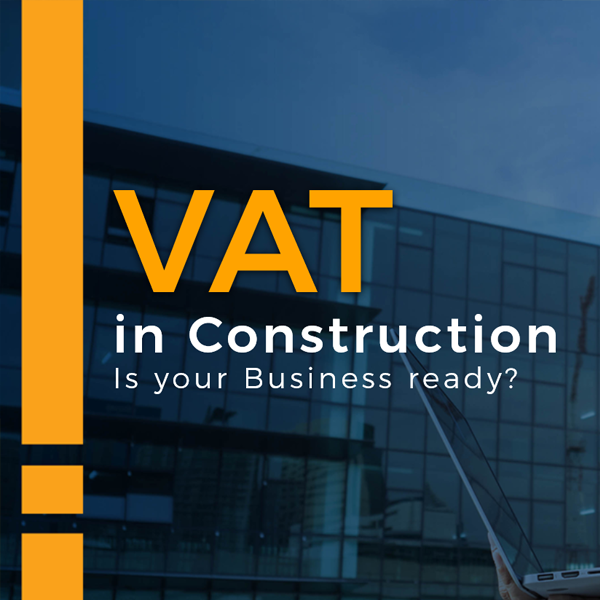Which regions in the GCC will be affected by VAT and when?

There are only two things that are certain in this life, death and taxes. The old idiom appears to remain true as tax has indeed arrived, the first incarnation being in the form of VAT that went live in the United Arab Emirates (UAE) and the Kingdom of Saudi Arabia (KSA) in January 2018 with Bahrain joining the VAT family in January 2019.
This first step is in line with a broader agreement reached by the GCC countries in which the UAE, KSA, Bahrain, Oman, Kuwait and Qatar agreed to implement VAT at a standard rate across the region. This was done with the specific intention to diversify their revenues from a dependency on oil whilst ensuring an equal playing field in terms of fair competition across the region.
Although a standard maximum initial rate of 5% was set along with a framework for the handling of inter GCC supplies, many elements are left to be determined by each GCC member in fitting with their local requirements. This relates to specific industry and product treatment, what will be liable to VAT, what will be exempt from it and what products or services will enjoy zero rated status (0% rather than being exempt). In broad terms, the GCC countries are likely to follow very similar paths in light of their status and desire to remain a unified commercial zone.
The Sultanate of Oman has previously confirmed that VAT would be introduced in 2019 and is currently expected to be around September 2019. The parliament of Kuwait had been in discussion throughout 2018 to introduce their VAT in 2019 although this has met with political delays. In fact, the latest suggestion is that this may be delayed as far as 2021 (and is potentially linked to the strength of the Kuwaiti economy and the surge in oil prices).
The introduction of VAT in Qatar has been postponed until after 2019.
Clearly, the introduction of VAT on the surface is going to have an immediate and clear impact of increasing the cost of certain goods and services by 5%. This isn’t the same as an inflation across the board as many elements are either exempt or charged at 0% (private property rental and selected parts of education and healthcare to give a few significant examples). It is also relevant to point out that the burden of VAT is intended to be met by the end consumer. This means that along a supply chain or production process, elements of VAT paid along the way are potentially able to be off-set against a VAT burden incurred.
The exact mechanism for this can be complicated and introduce multiple layers of mathematical formulae and processes. Considering the construction industry is already significantly more complicated in terms of contractors, sub-contractors, multi-site, multi-project, shared resources (the list just keeps on going), the potential for error is greatly increased.
It would be useful to employ dedicated construction specific tools to manage this risk and ensure your accounting is aligned with every element of your end-to-end process to calculate all your VAT liabilities and off-sets for you.
Get in touch with the team at CCS and let learn how this can work for you.
Most Recent
Ready To Take Your Business To The Next Level?
Let's talkDownload our free Ebook
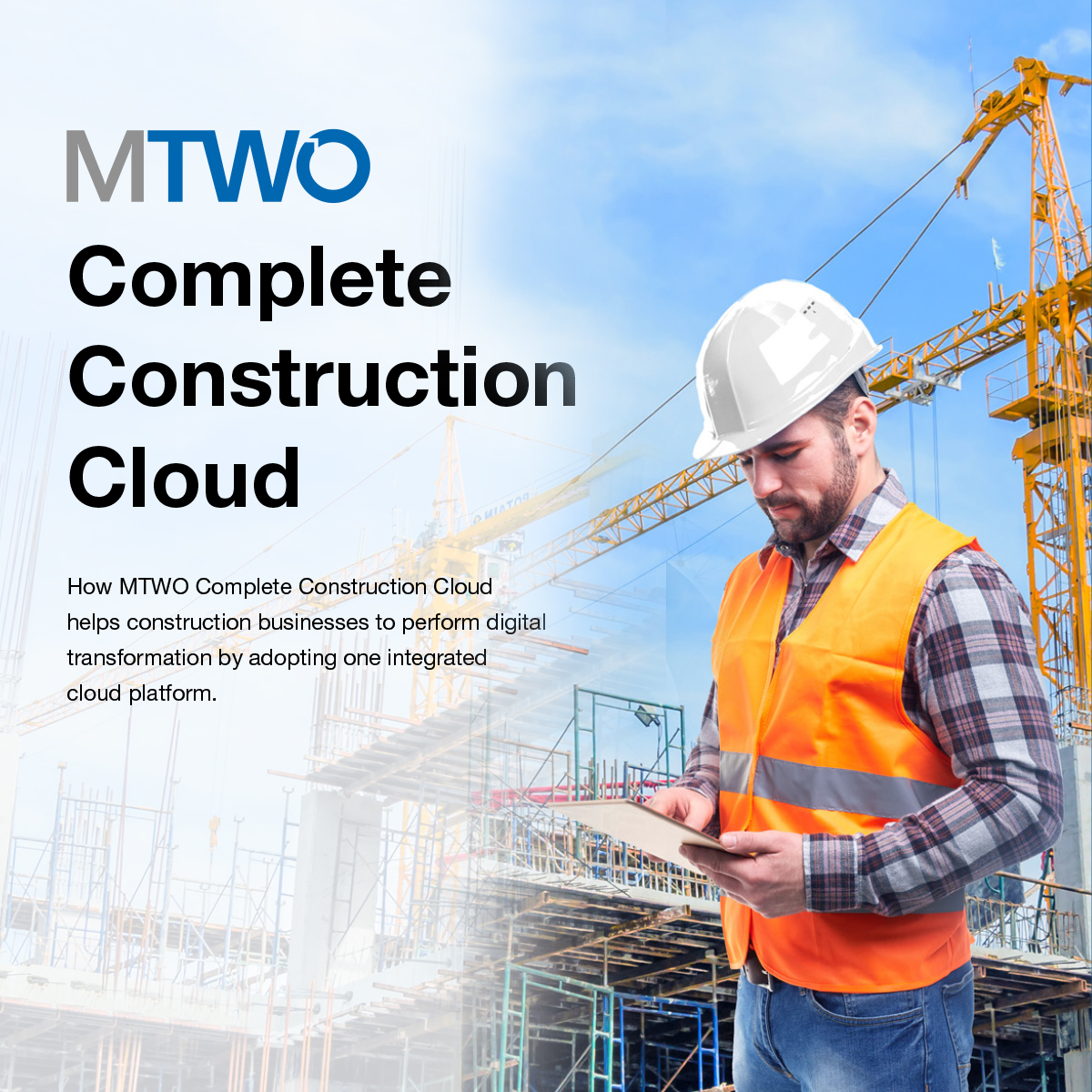
- The new normal of construction is digital
- MTWO Complete Construction Cloud
- One unified platform for project and enterprise digital management
- How to implement the Complete Construction Cloud
Download our free Ebook
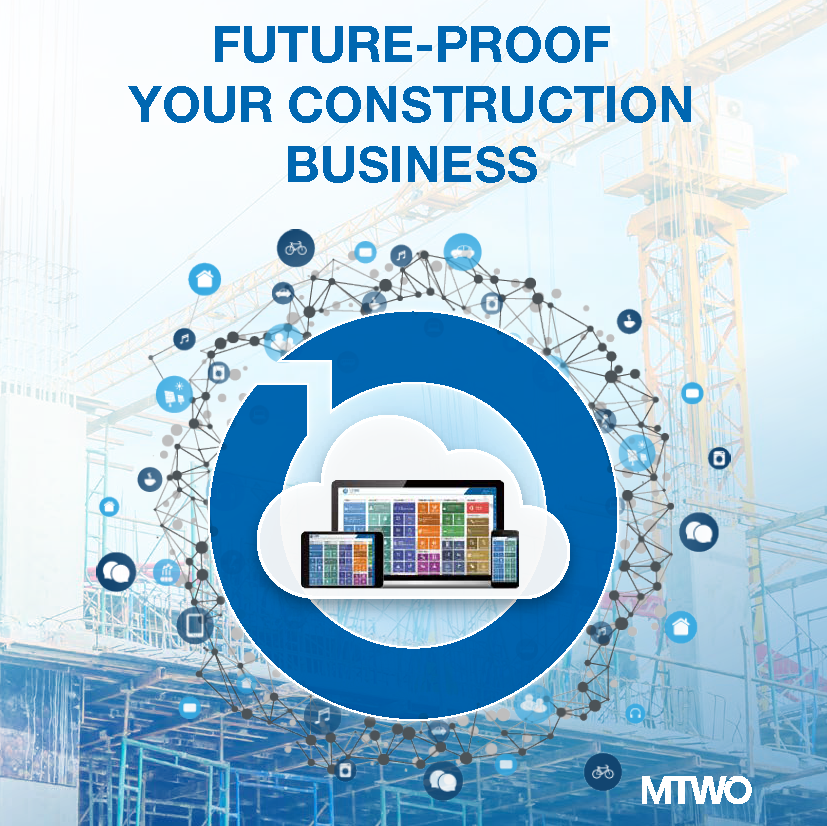
- Putting connectivity and scalability in the center of a long-term digital strategy.
- Adding sustainability to the digital agenda.
- Adopting integrated platform instead of disconnected point solutions.
Download our free Ebook
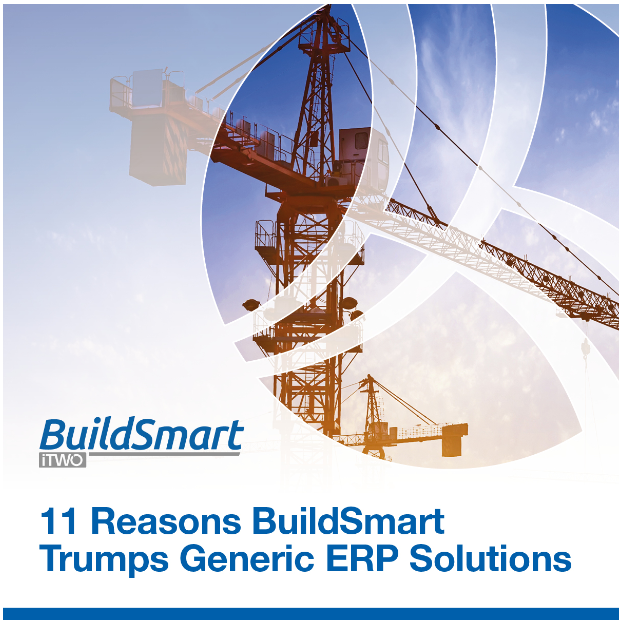
- The Inherent Flaws of Generic ERP
- Build Better with BuildSmart
- BuildSmart Highlights
- The Way Forward
Download our free Ebook
.jpg) Your business will benefit from:
Your business will benefit from:
- Huge time savings in BOQ pricing
- Better Project Planning
- Increase your ROI on all projects
- Detailed bid analysis
- Powerful reporting capabilities
Download our free Ebook
.png)
- What are these 5 pillars?
- Why are they essential to your change management plan?
Download our free Ebook

- Our tips for positioning to win construction contracts against the backdrop of a hungry and competitive construction industry.
Download our free Ebook

- How Technology addresses the challenges of the Construction Industry
- ‘One source of truth’ as a principle at use in the industry today that provides a totally integrated view of costs, offering a direct impact on outcomes.
- Man, Machine and Money – meaningful links in your construction company
Download our free Ebook
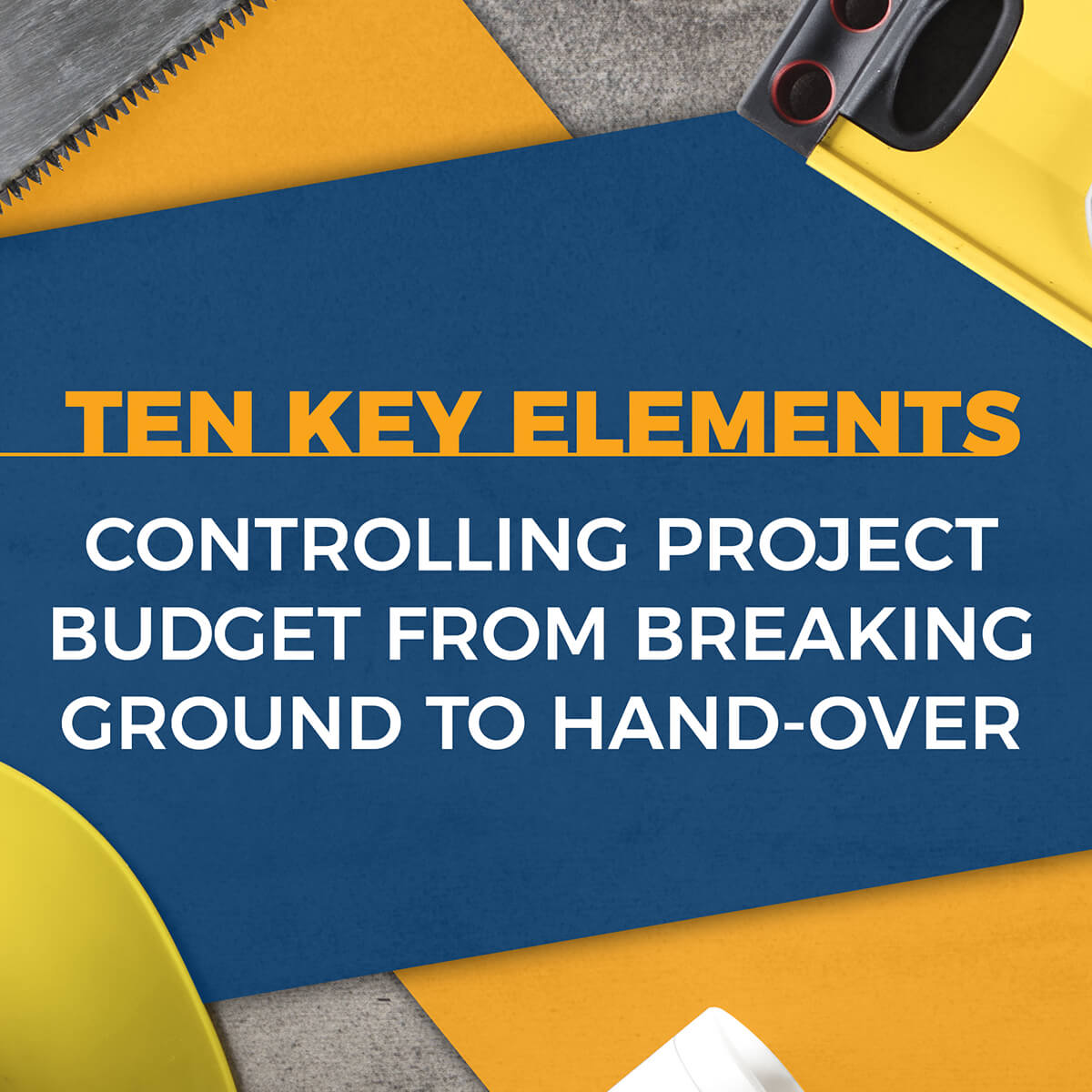
- Learn how to retrieve data that drives control
- Control budgets across projects
- Increase your ROI on all projects
DOWNLOAD OUR FREE TRAVEL PACKING LIST
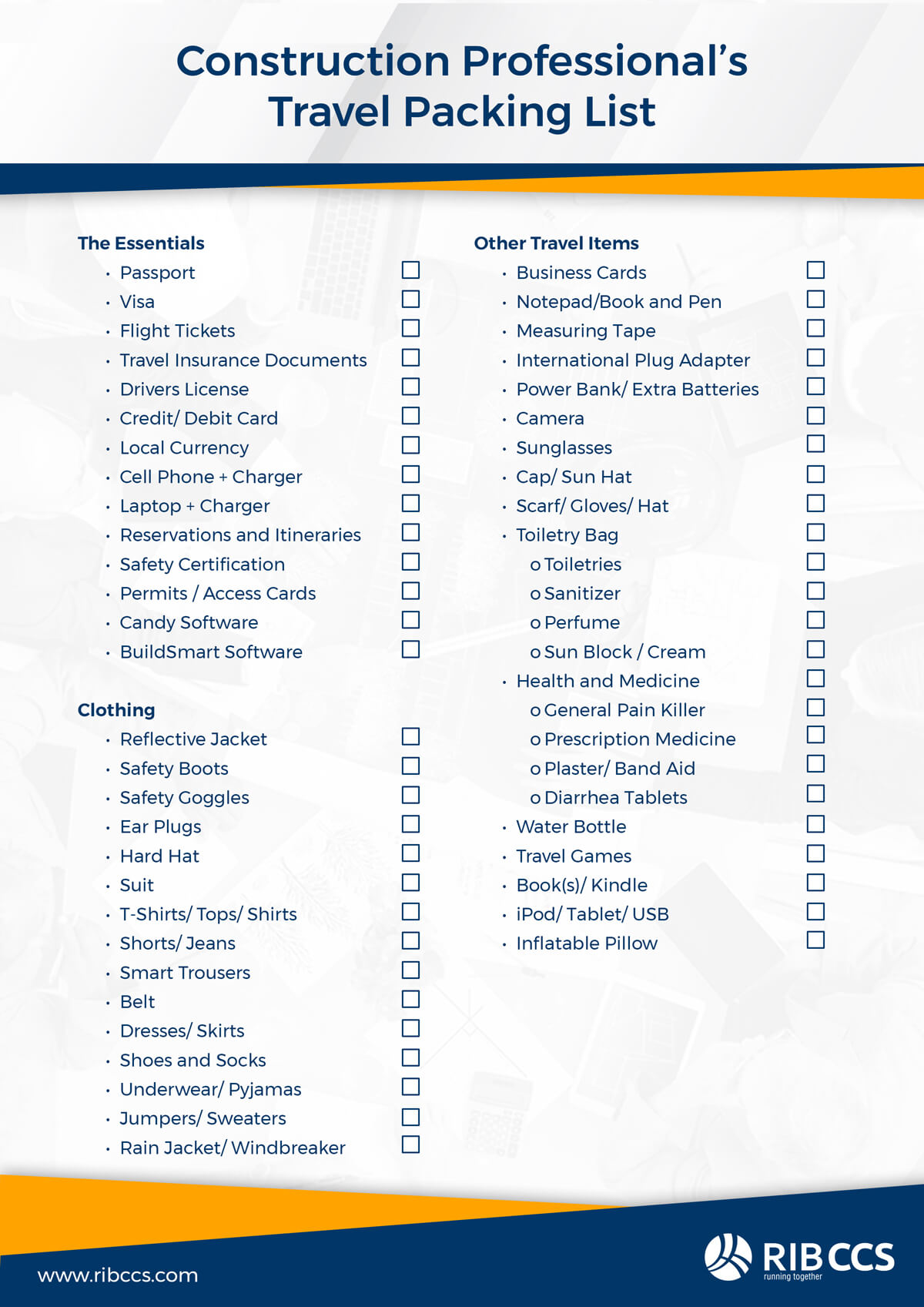 Don’t know what to pack for your
Don’t know what to pack for your next business trip?
We’ve got you covered!
Get It Now




